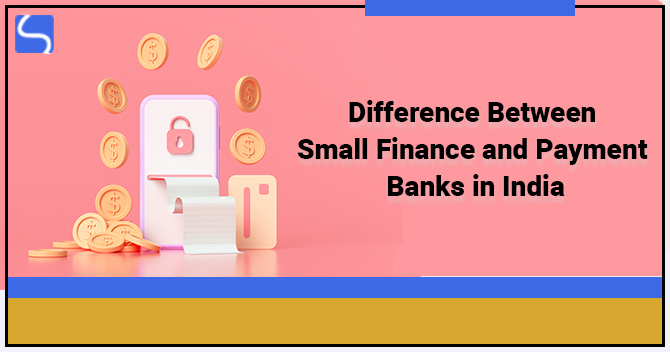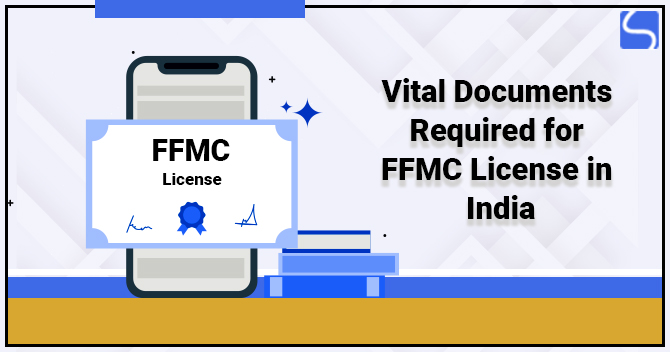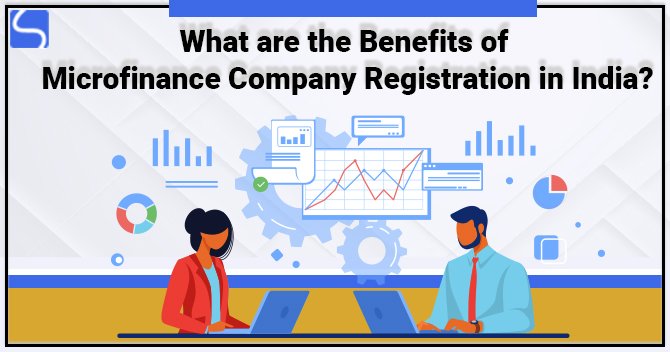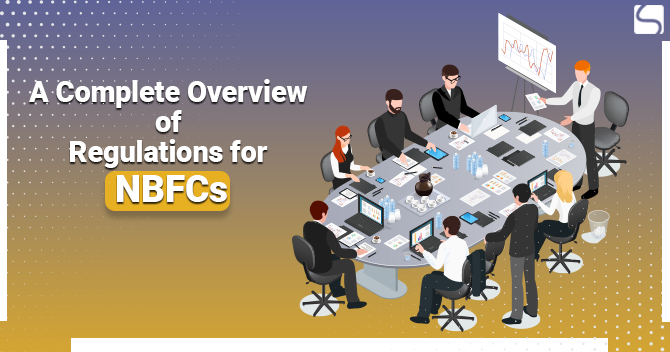Difference Between Small Finance and Payment Banks in India

Karan Singh | Updated: Jul 29, 2021 | Category: RBI Advisory
In India, the Reserve Bank of India permits two banking licenses to financial organisations for different objectives and provides financial services to various clients. Besides the Universal Bank License, commercial banks such as Axis, ICICI, HDFC, etc. The Reserve Bank of India grants what is known as the Differentiated Bank License to cater to niche banks. Amongst, we have primarily two types of banking institutions – Small Finance and Payment Banks. Scroll down to check the difference between Small Finance Banks and Payment Banks in India. Before discussing the difference between Small Finance and Payment Banks, let us first understand the meaning of Small Finance Banks and Payment Banks.
Table of Contents
Small Finance Banks – Meaning
Small Finance Banks are financial organisations that deliver financial support to the country’s unbanked and unwarranted areas. They are registered as a Public Limited Company in the Companies Act, 2013. Like other traditional banks, such banks can engage in all fundamental banking activities, like accepting deposits & lending.
These banks will be established with the aim of increasing financial addition by:
- Providing savings vehicles;
- Providing credit to small businesses, marginal & small farmers, small & micro industries, and other unorganised sector companies via high-tech, low-price activities.
Small Finance Banks cannot extend huge loans and cannot suggest subsidiaries or trade in high technology products.
Following is the list of Small Finance Banks in India:
- Ujjivan Small Finance Bank;
- Equitas Small Finance Bank;
- ESAF Small Finance Bank;
- Suryoday Small Finance Bank;
- Fincare Small Finance Bank;
- Janalakshmi Small Finance Bank;
- Utkarsh Small Finance Bank and,
- A U Small Finance Bank.
In India, Small Finance Banks are a type of speciality bank. Small Finance Banks are allowed to execute essential fundamental services like lending and deposit acceptance. The objective is to bring financial inclusion to parts of the economy that are not supported by other banks like small businesses, small & marginal farmers, unorganised sector companies, micro & small businesses.
Payments Bank: Meaning
These banks are set up to promote financial inclusion by providing: “modest savings accounts and remittance or payments services to migratory labours, low-salary households, small enterprises, other unorganised sector companies, and other users”. Clients will not be able to borrow from them, and they would be forced to invest their money in bank deposits and government bonds.
Following is the list of active Payments Bank in India:
- India Post Payments Bank[1];
- Paytm Payments Bank;
- Fino Payments Bank;
- NSDL Payments Bank;
- Airtel Payments Bank;
- Jio Payments Bank.
The RBI (Reserve Bank of India) analysed Payments Banks as a new form of the bank in India. These banks can accept a confined deposit, which is now capped at Rs. Two lakhs per person but could be raised in the future. These financial banks are not able to offer credit cards or loans. Banks of this type can handle both savings and current accounts. Payments Banks can deliver Debit Cards and ATMs as well as online & Mobile Banking.
Differentiated Banks and Universal Banks – Know the Difference
Differentiated banks are unique from Universal Banks such as Commercial Banks like SBI, ICICI, HDFC, etc., as they are infused as niche segments. Generally, niche banks target a particular market and adapt the bank’s activities to this target preference of the market. The separation could be on account of capital necessity, the scope of the area of operations or activities. They provide a limited range of products or services or functions under a different regulatory dispensation.
What is the Key Difference Between Small Finance and Payment Banks in India?
Following are some key differences between Small Finance and Payment Banks in India:
- The share of promoters in Payment Banks should be 40% for the first five years from the commencing date of their business, whereas for Small Finance Banks the first 40% share can be steadily brought down over a time duration of twelve years to 26%;
- Payments Banks are permitted to distribute insurance policies, mutual funds, and other identical no n-risk simple monetary products. Whereas, Small Finance Banks should make sure that advances & loans, not surpassing Rs. 25 lakhs, must constitute at least 50% of its loan selection;
- Payments Banks can be encouraged by telecom entities, PSUs, NBFCs (Non-Banking Financial Companies), supermarket chains, corporate, prepaid card issuers, etc. Whereas, Small Finance Banks are encouraged by individuals with at least ten years of experience in NBFCs, finance local area banks, etc.;
- Payment Banks are restricted to only accepting DDs (Demand Deposits) and hold up to Rs. Ten lakhs per individual. Small Finance Banks can take all types of DDs (like Conventional Banks) like RD, FD, Current and Savings, etc.
Hence, we can see that both Small Finance and Payment Banks in India are niche banks, the primarily previous caters to small scale industries and farmers, whereas the latter is geared to deliver remittance services for migratory labours and identically unorganised sectors.
Comparison Table Between Small Finance and Payment Banks
Below is the comparison table between Small Finance Banks and Payment Banks:
| Points | Small Finance Bank | Payments Bank |
| Credit Card | They can issue credit cards | Can’t issue any credit cards |
| Client Reach | Clients are reached via the branches of the company | Clients are reached via Mobile Bankings. |
| Capital Required | Minimum Paid-up Capital is Rs. 100 crores | Minimum Paid-up Capital is Rs. 100 crores |
| Share of Promoter | 40% in the starting, then after 12 years it can be reduced to 26% | 40% for the initial five years from the commencement date of business start-up. |
| Time Deposit | They can accept time deposits like Recurring and Fixed Deposit | Cannot accept Time Deposit like Recurring and Fixed Deposits. |
| Loan | They can offer small loans | Can’t provide any loans |
| Branches | Around 25% of branches should be in rural areas for the initial three years | Should have 25% branches in rural areas. |
Conclusion
From above, it is clear that Small Finance Banks and Payment Banks are different from Commercial Banks. Small Finance Banks and Financial Banks provide a limited range of services and products to the clients to furnish financial inclusion to unserved sections and untapped sections of the Indian population.
Read our article:RBI Issue Guidelines for Licensing of Small Finance Banks in the Private Sector














